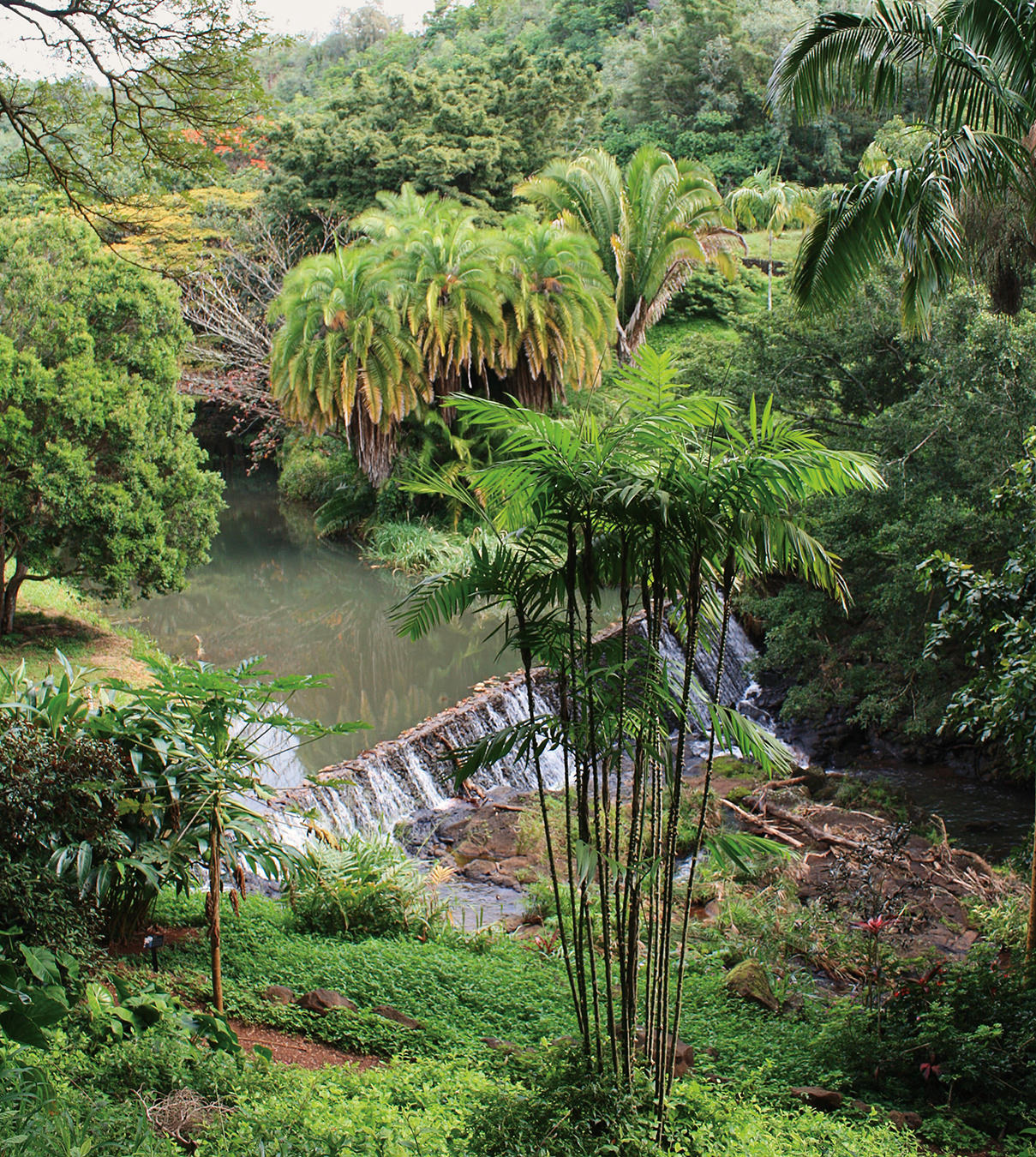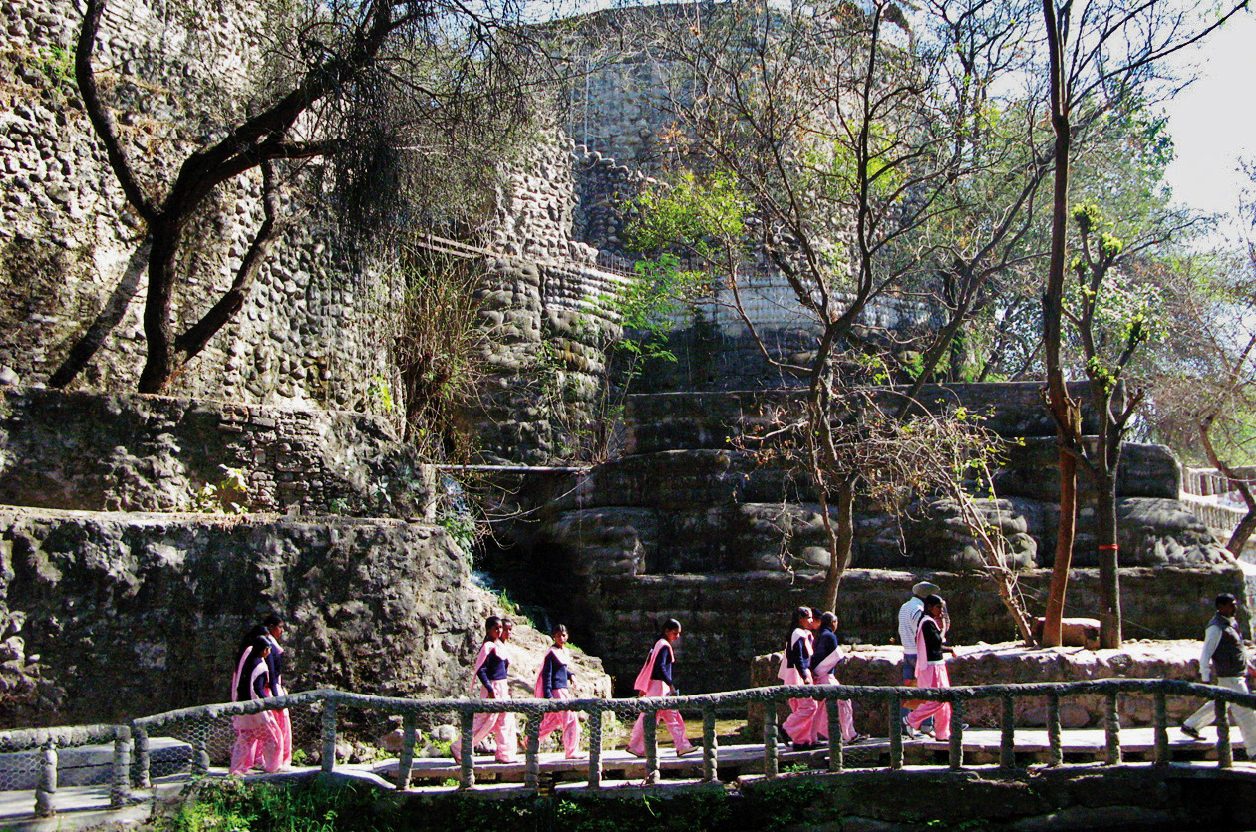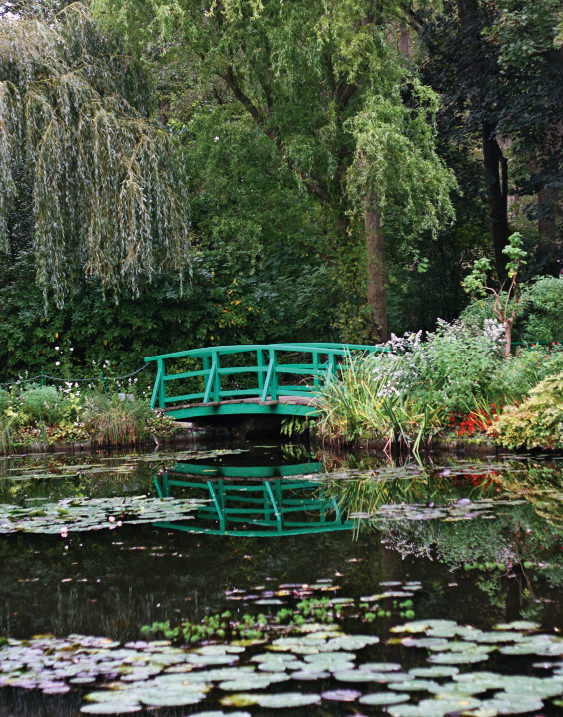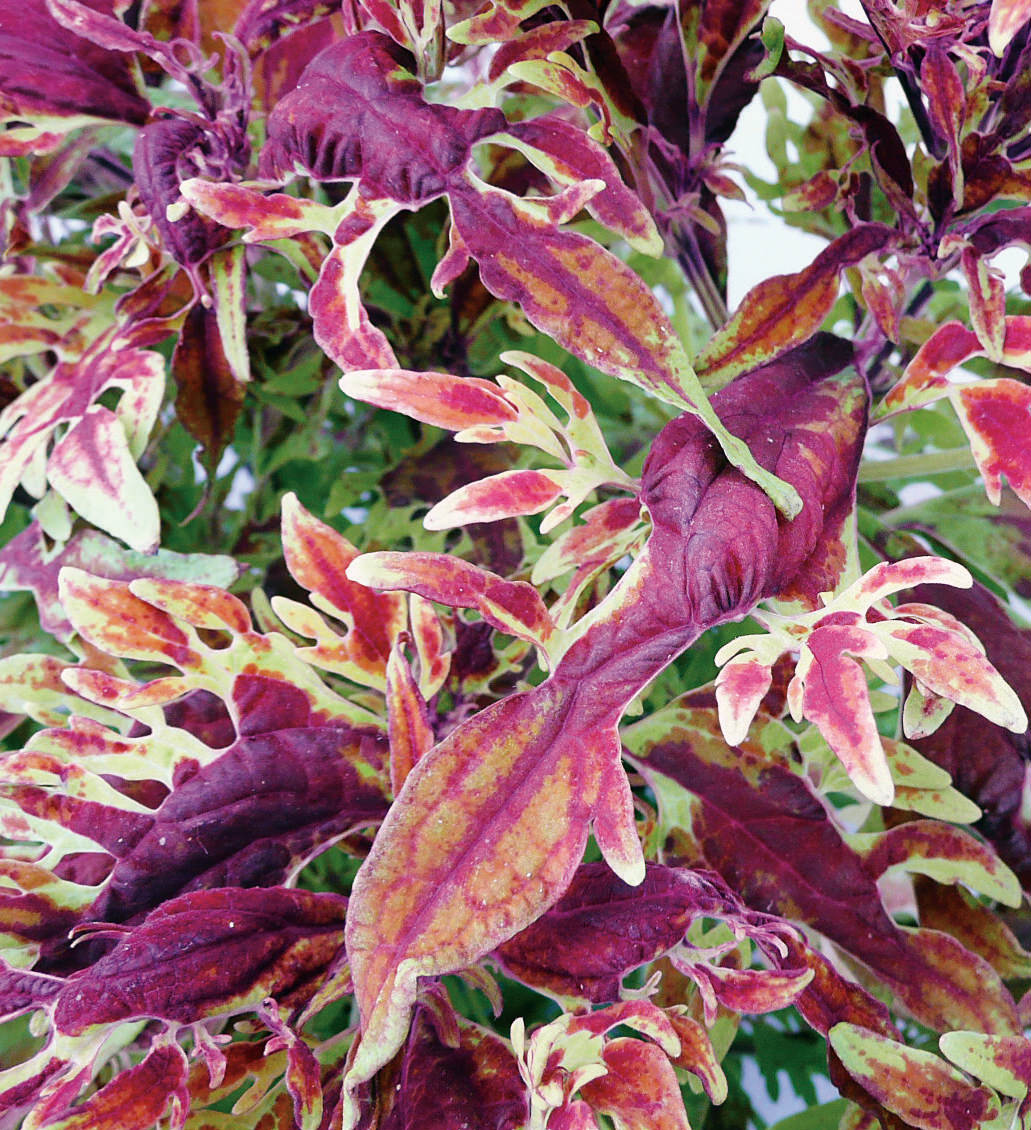Simple Tips to Plant a Carbon Sink Garden in Your Backyard
For a better future.

With climate change denial at an all-time low, many are vacillating between climate anxiety and climate apathy. Unfortunately, both conditions can result in a sort of climate paralysis—exactly when the world needs climate action more than ever.
While phasing out the use of fossil fuels remains the most important directive, climate scientists are increasingly looking at regenerative farming as a way to pull carbon from the atmosphere. Food production is responsible for roughly 15% of global greenhouse gas emissions and agricultural soil has the ability to sequester 250 million metric tons of greenhouse gases annually. If even a fraction of the world’s population implemented regenerative practices in their backyards, balconies, and community gardens, the results could be staggering. This article offers basic tips and techniques to maximize carbon sequestration in your garden.
What Are You Removing?
The first question to ask yourself when planting a home garden is what are you removing? If you’re cutting down an old-growth tree, tearing out native grasses, or digging up pollinator-friendly flowers, it will be difficult to plant a garden with equivalent carbon storage.
On the other hand, lawns are net carbon emitters over the long term so try to convert as much grass as possible into a xeriscaped landscape or vegetable garden.

What to Avoid.
The next step is to consider what not to use in your garden. One horticultural climate offender is sphagnum peat moss, found in most bagged soils in North America. But the industry has a dirty secret: peat bogs store more than 600 gigatonnes of carbon, representing 44 per cent of all global soil carbon—more than twice as much as the world’s forests. Lack of public awareness allows peatlands to be overexploited, resulting in massive carbon emissions. In fact, peatland mining accounts for 5% of annual human-caused climate emissions.
Luckily, there are ample peat-free planting products, most of which rely on coir, a renewable coconut byproduct. Look for peat-free options at your local garden centre. If none are available, it’s easy to order coir online.
Avoid pesticides and keep your pollinating neighbours healthy. If you buy transplants from a garden centre, ask if they use pesticides, especially neonicotinoids (or neonics for short), which kill honey bees and wild bees alike and even contaminate our water supply. Ninety per cent of all flowering wild plants depend on pollinators, as does one-third of global food crop production.
Finally, abstain from synthetic fertilizers, especially ammonia, which requires immense fossil fuel usage to produce and is responsible for between 1-2 per cent of worldwide emissions. Most garden centres carry a wide variety of organic fertilizers from worm castings to calcified seaweed and bone meal.
Compost, Compost, Compost.
Composting is one of the most beneficial actions for our gardens and the climate. From a horticultural perspective, compost suppresses pathogens, reduces the need for fertilizer, retains moisture, and enriches the soil with a host of healthy microbes.
Outside of the garden, roughly a third of the food produced globally is wasted. Most of this food waste ends up in landfills, where it decomposes anaerobically, producing methane—a greenhouse gas 100 times more potent than CO2. If those food scraps were composted, they would produce less methane and support healthy plant growth, sequestering carbon in the process. Methane only remains in the atmosphere for about eight years, so any reductions in food waste will have a strong and immediate effect on our planet.

Right Plant, Right Place.
This is a common refrain in gardening circles. No amount of care can bring a plant back from the brink if it’s planted in an unsuitable area. From a climate perspective, this means giving preference to native plants, which will naturally integrate with the surrounding ecosystem and sequester more carbon.
If you’re based in the U.S., this tool from the National Wildlife Federation helps find native plants. Canadians can utilize this map to find plants based on their hardiness zone.
Once you’ve identified a number of native plants, try to reduce lawn surface area and xeriscape your yard. Drought-resistant plants are easier to care for, require minimal water, and reduce the need for fertilizer.
In case you’re determined to plant a grass lawn, bear in mind that not all grasses are created equal. Most households plant Kentucky Blue Grass as the default but there are numerous grasses that are drought, heat, and cold tolerant and provide the same benefits with minimal input.
Finally, plant nitrogen-fixing cover crops like legumes, peas, clover, and beans in the off-season to maintain subterranean organic matter, retain water, prevent erosion, and withstand drought. Most regions in North America have an online “cover crop selection tool” to help you determine what to plant.
No-Till? No Problem.
When you disturb soil by plowing, weeding, or digging, you expose microbes to air and sunlight causing these organisms to die. By practicing a no-till philosophy, you can keep microbes healthy, root systems intact, and carbon stored. It’s not the end of the world if you need to plow your garden between growing seasons, but try to avoid it if possible.
Like most climate solutions, your individual impact may be minor, but if everyone followed regenerative planting practices, the results could be monumental. If gardening isn’t an option, consider joining a CSA to support local, small-scale agriculture in your community. Ultimately, gardening only represents a fraction of the multi-faceted, systemic changes necessary to address the climate emergency, but it offers the added benefit of putting delicious, homegrown produce on our plates.




